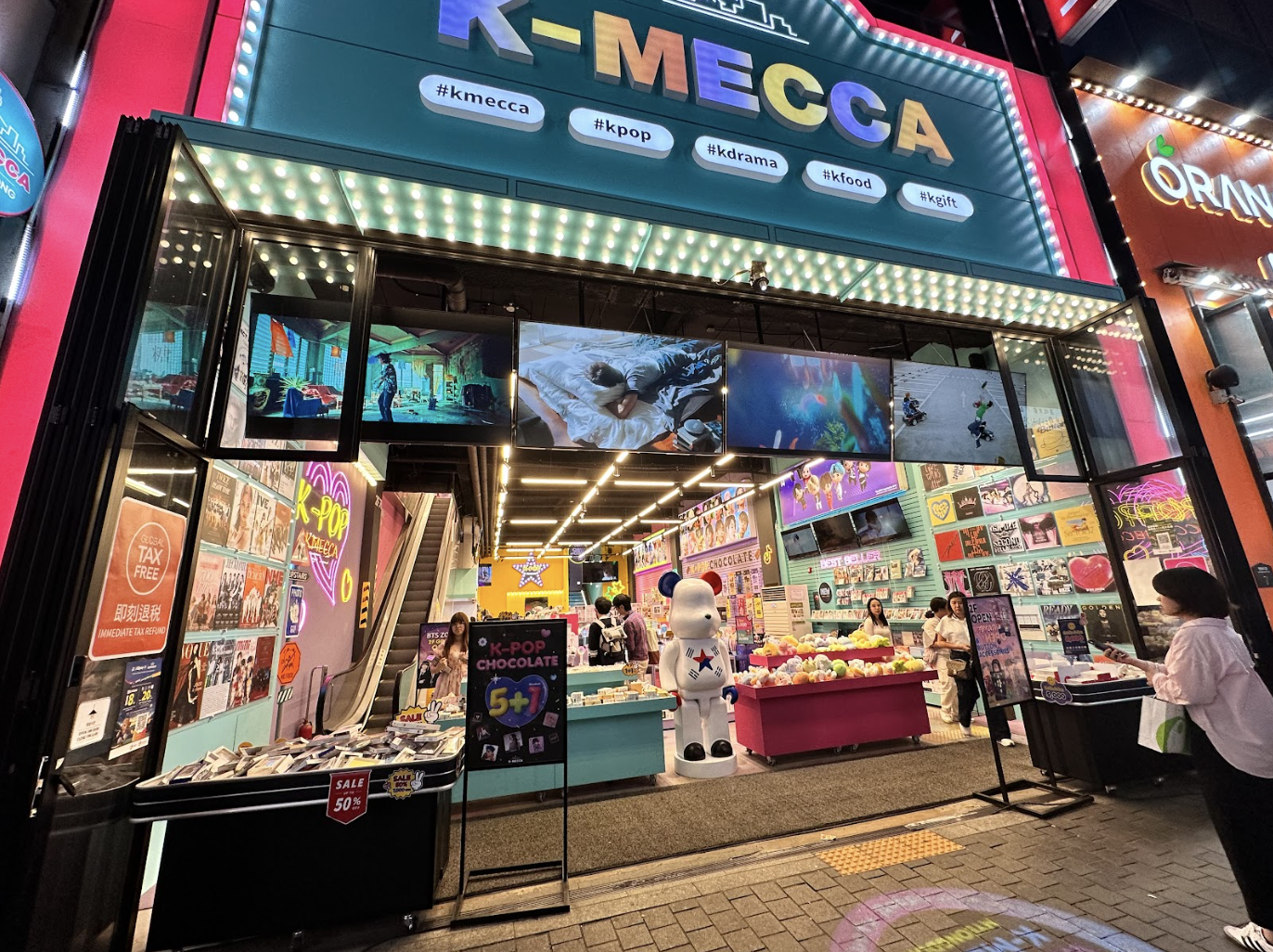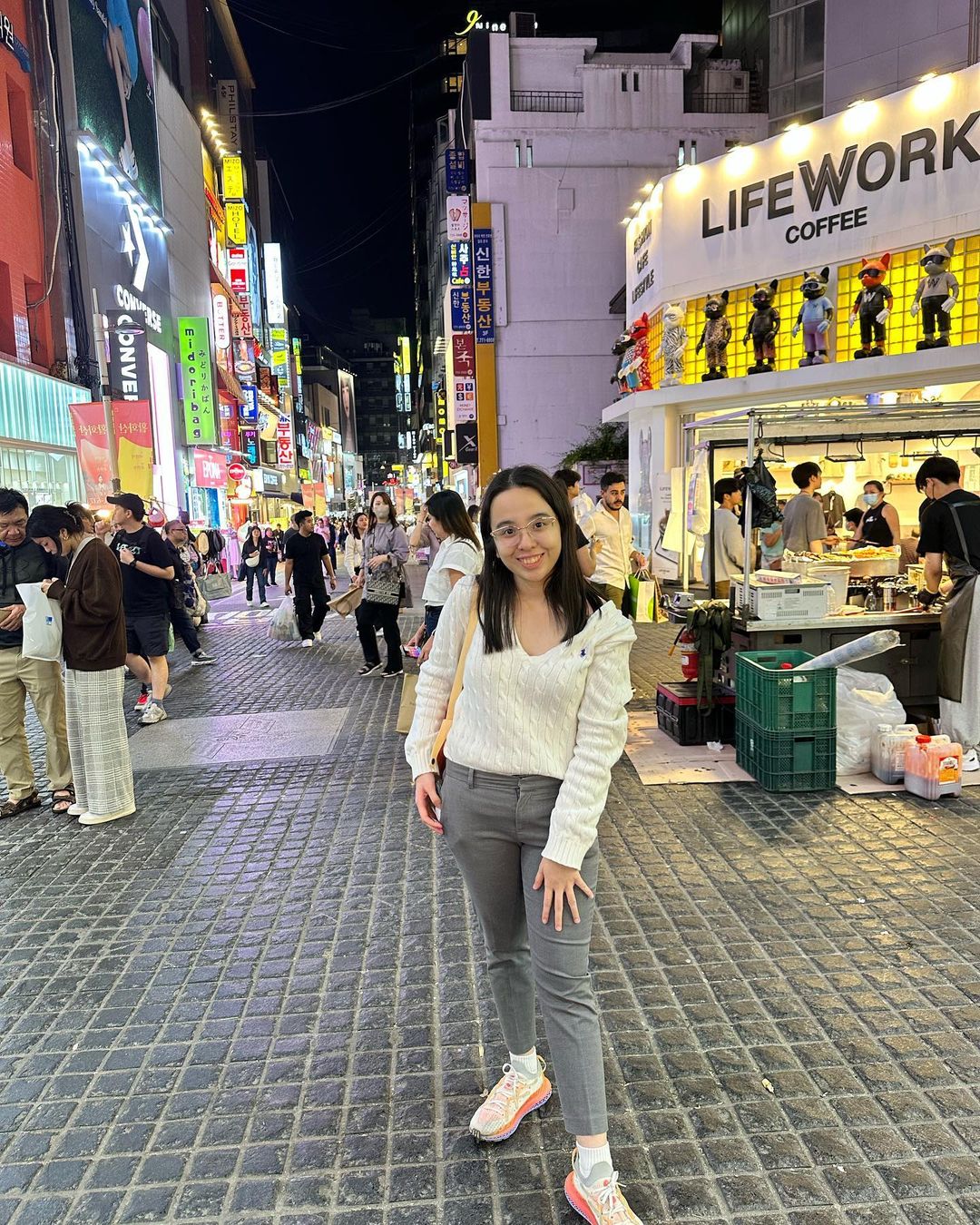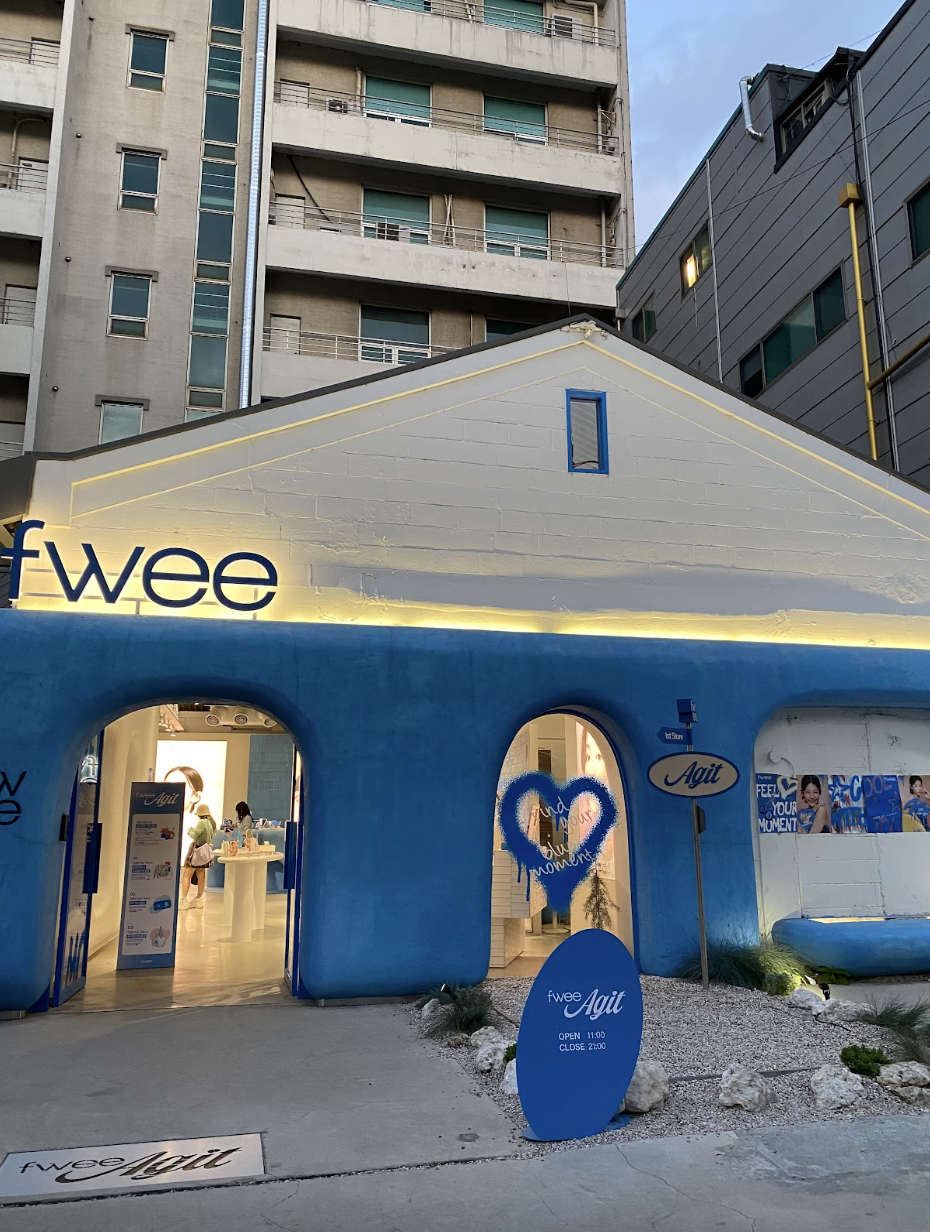Since 2019, I’ve always wanted to go to Seoul. These plans however were pushed back at the start of the pandemic. And even when I resumed travel in 2023, Seoul wasn’t the destination. Five years down the line, with increased Korean proficiency and K-pop fixations, I finally got to visit South Korea’s capital with my family.
Wanting to go to Seoul was a no-brainer. I’ve been a huge K-pop fan since the end of 2018, and I just got out of a semester with an intensive Korean language class. I wanted to put everything I’ve learned into practice. My TikTok For You page, however, decided to show me the best of what seems to be inherent in Seoul’s culture: its shopping havens. My bookmarks were quickly filled with Seongsu-based pop-ups, Myeongdong’s mecca-esque boutiques, and various other stores and stalls scattered across the city.
READ: 7 films coming to Philippine theaters this July
Despite spending less than a week in Seoul, each day included a touchpoint with the city’s bustling shopping scene. And upon returning to Manila, I couldn’t help but think about how our own retail experiences could become even more enjoyable. Here are some things we can learn from Seoul’s shopping culture, which we can also apply to the Philippine shopping landscape.
Carve out your own space The ultimate fan store, the K-Mecca
The ultimate fan store, the K-Mecca
Physical shopping spaces are important in the Seoul retail experience. And they come in various forms. Huge and maximalist flagship stores are rather commonplace, enabling shoppers to spend hours on end looking for the perfect purchase. Myeongdong, the city’s famed shopping street, is full of these colossal shops across various segments of lifestyle such as fashion and beauty.
However, my K-pop fan self was naturally drawn to K-Mecca, an all-around store selling various merchandise from my favorite artists. From albums to magazines, the two-story shop was heaven for anyone who kept up with idol groups and soloists. While I did not end up buying anything from the store due to indecision, I thoroughly enjoyed simply being able to window shop and roam around the expansive space.
READ: Bini is expanding the Bini-verse with wands, merch, and exclusive membership
Carving out space for one’s retail experience does not mean providing something as massive as these stores, though. Shopping streets in Seoul count as a space of their own, and smaller businesses can take advantage of this sprawling atmosphere as people tend to buy from multiple vendors when doing their rounds of street shopping.
 The Myeongdong shopping district
The Myeongdong shopping district
Street food at Myeongdong exemplifies this unconventional but welcoming space, and so do the night markets across the city. You don’t need to worry about the safety and security of street shops either, as street food vendors need to undergo a strenuous verification process to be authorized to sell food safely.
Make it pop (up)Speaking of space, pop-ups are a short-term but impactful way to promote unique products and services. Pop-ups are also a marketing tactic of their own, as mere photos and videos of the special booths and stalls attract people to check out the new, often temporary spaces. There’s even an app (albeit in Korean) that allows you to view all the different pop-ups happening at a given time.
The success of pop-ups comes as no surprise due to Seoul’s love and passion for aesthetics. Each pop-up store is thoughtfully designed and highly Instagrammable, which enables prospective customers to visit and eventually make a purchase. After all, the store’s ambiance plays a role in influencing a customer’s decisions.
 The Fwee pop-up in Seongsu
The Fwee pop-up in Seongsu
Beyond the front-facing perks of pop-up stores, they are also extra enticing for the exclusive benefits they offer. For example, viral K-beauty brand Fwee’s pop-up in Seongsu boasted the lowest prices for their products through discounts that could rival Olive Young’s sale prices. On top of that, customers could receive a free keychain filled with a Pudding Pot sample, the makeup brand’s most popular product. Other freebies such as cute furry pouches and sleek makeup applicators were available as well.
Capitalize on fan powerIt’s no secret that a good chunk of Seoul’s tourism comes from global K-pop fans who desire to be closer to their idols and their culture by visiting the vibrant capital city. While they end up falling in love with the city for various other reasons, their initial motivations of living their K-pop stan dreams stay with them throughout their trips.
View this post on Instagram
K-pop has long been acknowledged as a soft power of South Korea, raking in billions of dollars for the nation. As the center of everything that happens in the genre, it comes as no surprise that there’s no shortage of shops and retail concepts dedicated to Korean pop music products.
Top album distributors have flagship stores scattered across the city, while idol groups habitually hold pop-up events in partnership with local household names such as Line Friends. My personal favorite, however, came in the form of Seoul Forest D-Tower’s Kwangya@Seoul. This massive store, located in the same building as the headquarters of Korean pop giant SM Entertainment sells all sorts of albums and merchandise from the company’s various iconic groups.
 Inside Kwangya@Seoul
Inside Kwangya@Seoul
Interestingly, the products were not the only highlight of this retail concept. Instead, fans were drawn to the proximity of the store to their idols—not only because they shared the same building but also because Kwangya@Seoul had signed merchandise displayed in a fascinating hexagonal structure as well as photo booths to take “four-cut” photos with their favorite idols. Even if you don’t plan on going on a shopping spree here, the ambiance alone makes this destination worthy of a spot in your itinerary. But based on the average K-pop fan’s spending habits, you’d probably end up buying something anyway.
Retail therapyShopping is embedded in Filipino culture, if it’s not a subculture of its own already. As we consider malls as one of our top spots to bond, explore, and unwind, it comes as no surprise that retailers must keep innovating so that they continue meeting ever-changing needs.
Beyond value-for-money propositionshugeslot, shopping experiences can attract more loyal customers if they showcase a level of creativity that allows for experiential consumption. And as our country continues embracing Korean pop culture and lifestyle products, we can take this appreciation further and make it work for us by taking a page or two from the massive soft power.
